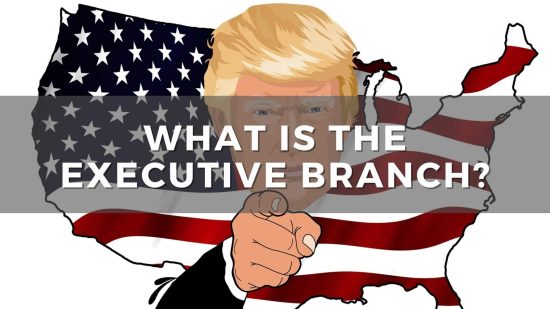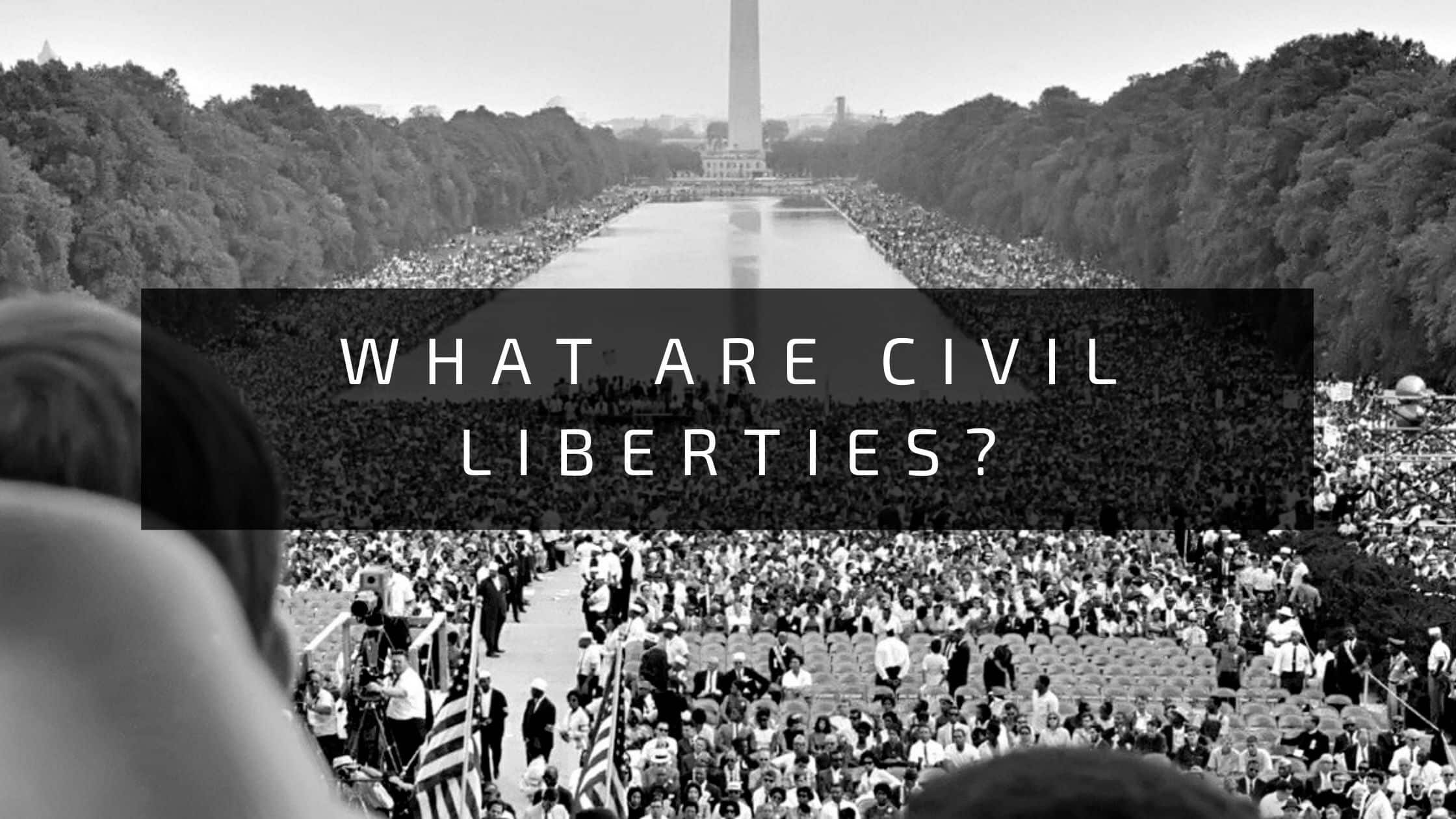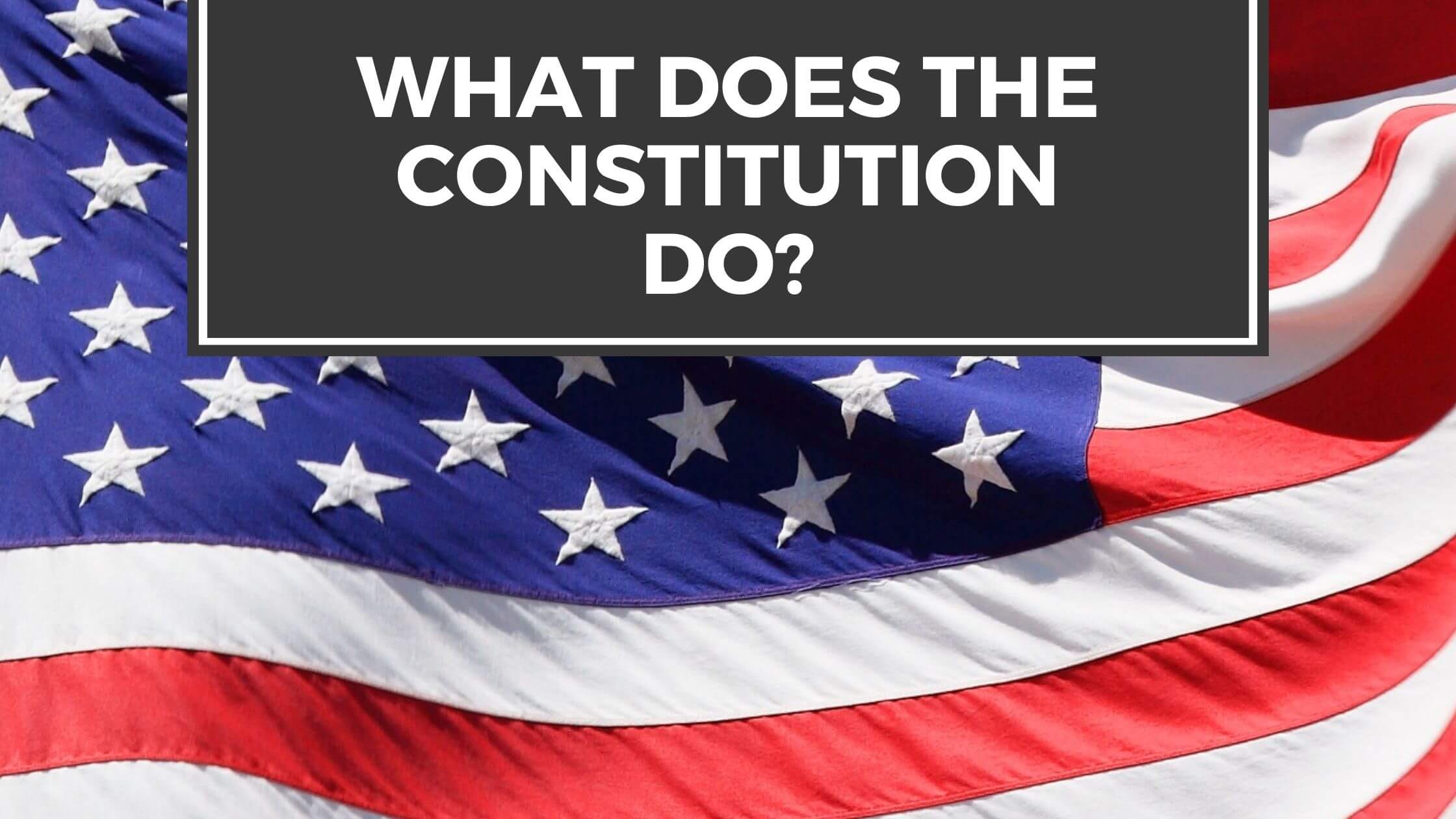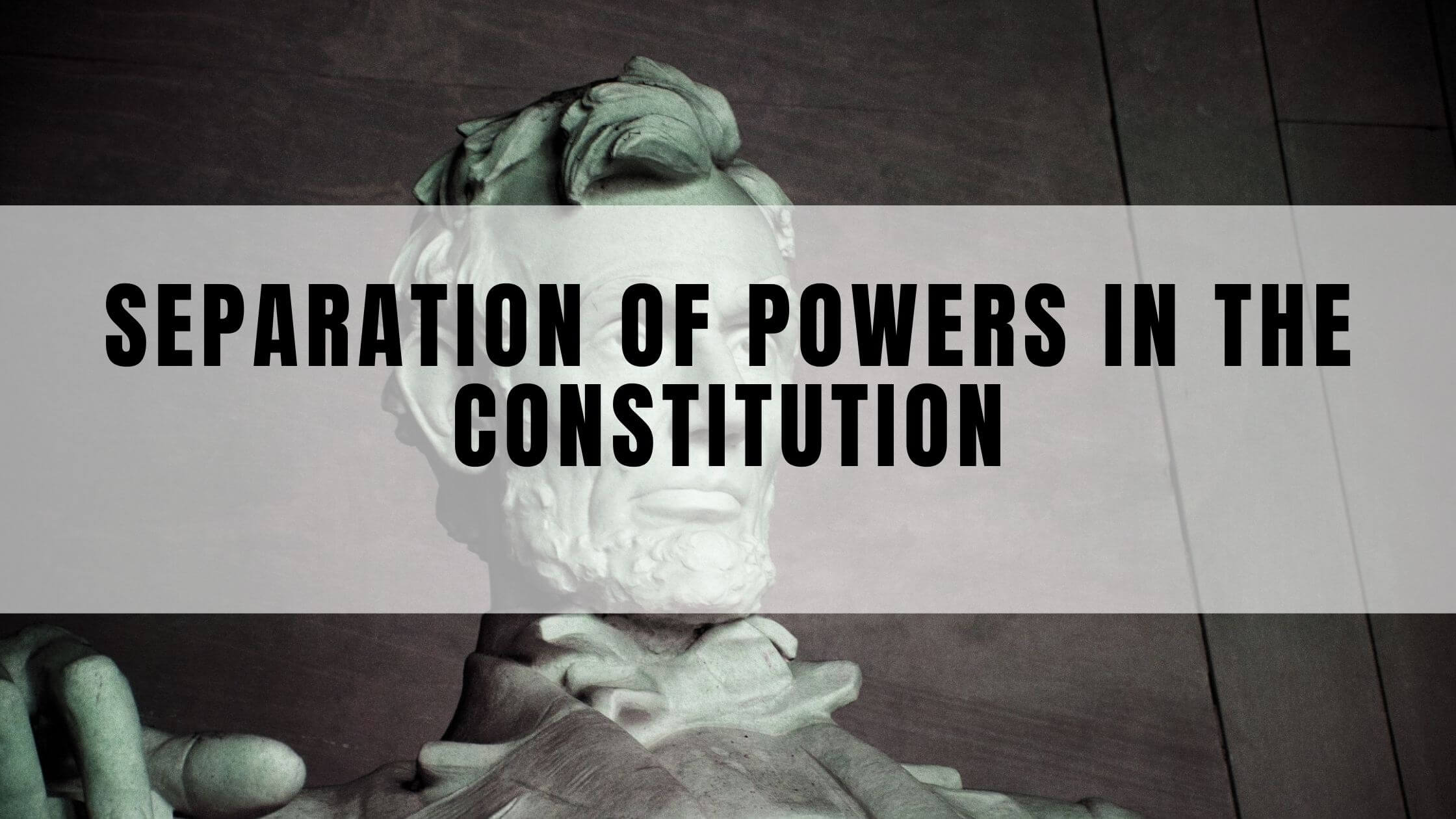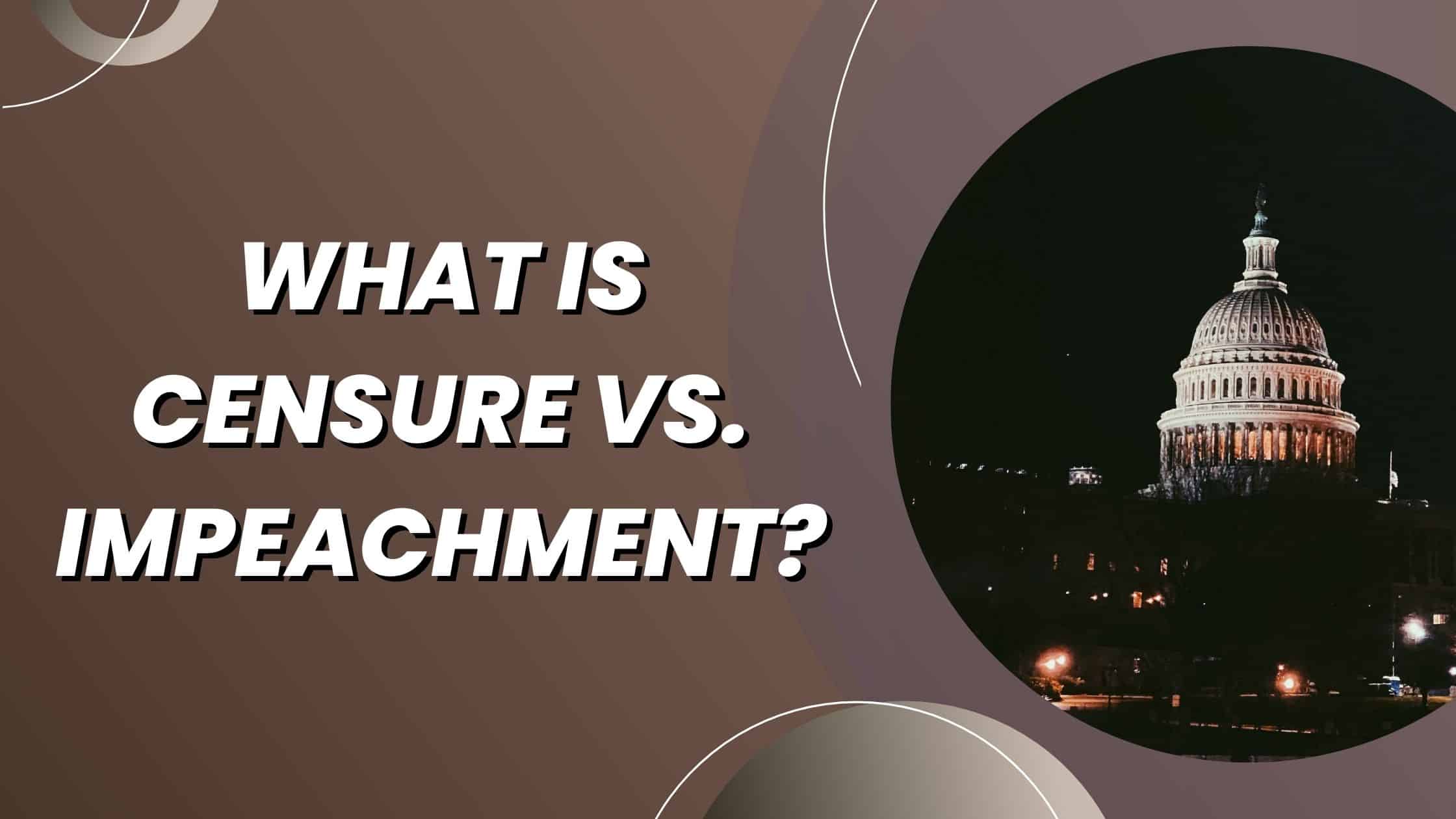Table of Contents
ToggleSources
- https://www.whitehouse.gov/about-the-white-house/our-government/the-executive-branch/
This is the official White House website, providing authoritative information on the Executive Branch, its structure, and the roles of the President and Cabinet. - https://www.usa.gov/branches-of-government
USA.gov is a reliable government resource that explains the three branches of the U.S. government, including the Executive Branch, and their respective powers and checks and balances. - https://www.law.cornell.edu/constitution/articleii
Cornell Law School's Legal Information Institute provides the full text of Article II of the U.S. Constitution, which establishes the Executive Branch and outlines the powers and duties of the President. - https://www.senate.gov/reference/reference_index_subjects/Executive_Branch_vrd.htm
The U.S. Senate's official website offers detailed information on the Executive Branch, including its relationship with Congress and the limitations on presidential power. - https://www.supremecourt.gov/about/constitutional.aspx
The Supreme Court's official website explains the role of the Judicial Branch in interpreting the Constitution and checking the powers of the Executive Branch, providing context for the system of checks and balances.
Key Points
- The Executive Branch is the administration within the White House, established under Article II of the U.S. Constitution.
- The President of the United States is the leader of the Executive Branch and works with the Cabinet and advisors to run the country.
- The President has significant power but is checked by the Legislative and Judicial Branches to prevent abuse of power.
- To become President, a candidate must win their party's nomination, campaign, and win the election, followed by an inauguration on January 20th.
- The Vice President assumes the role of President if the President is unable to perform their duties, as seen in cases like JFK's assassination and Nixon's resignation.
- The President's roles include head of state, leader of the party, and Commander in Chief, but these powers are limited to prevent abuse.
- The President's Cabinet consists of 15 executive departments that help implement the administration's measures.
- The U.S. government operates on a three-branch system (Executive, Legislative, Judicial) to ensure checks and balances.
- Congress, not the President, has the authority to officially declare war, though the President serves as Commander in Chief.
- The Supreme Court can overturn unconstitutional laws or Executive Orders issued by the President.
- The Executive Branch has significant influence but is constrained by the powers of Congress and the Supreme Court.
Summary
The Executive Branch of the U.S. government, led by the President, is responsible for implementing and enforcing laws, with support from the Cabinet and advisors. While the President holds significant power as head of state and Commander in Chief, the Legislative and Judicial Branches provide checks and balances to prevent abuse of authority. Key limitations include Congress's power to declare war and the Supreme Court's role in ensuring constitutionality.
The United States Government is a complex system with various elected officials working across different buildings and branches. The Executive Branch sounds like it should be the most important or at least the most powerful.
What is the Executive Branch of the government, who is in charge, and just how much power does it have?
The Executive Branch simply refers to the administration within the White House. It was established under Article II of the United States Constitution. The President of the United States holds the most power here and works with the Cabinet and advisors to run the country.
They can do a lot within their many roles. However, the Legislative and Judicial Branches are on hand to stop any abuse of power by the executive office.
The President of the United States
The Executive Branch begins with the President of the United States. The United States President is the leader of the nation, elected into power after a democratic vote across all 50 states.
As the elected leader, they have a large say over the country’s direction and have the opportunity to implement promises made during their campaign with their executive power.
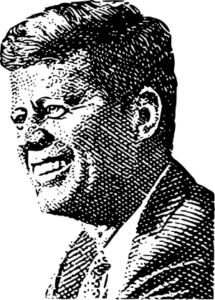
Becoming President and Vice President
To become president, the candidate must first gain the nomination of their political party – ordinarily the Democrats or Republicans – and fight a protracted campaign with their vice president running mate.

Get Smarter on US News, History, and the Constitution
Join the thousands of fellow patriots who rely on our 5-minute newsletter to stay informed on the key events and trends that shaped our nation's past and continue to shape its present.
Following the election in November, there is a transitional period until January 20th and the inauguration. Here, they finally take the oath of office and assume the role of the president of the United States.
Their running mate is sworn in as vice president. Should anything happen to the president within their 4-year term, which prevents them from performing their duties, the vice president becomes acting president. This has been the case following assassinations and resignations. Modern-day examples include the assassination of John F. Kennedy in 1963 and the resignation of Richard Nixon in 1974.
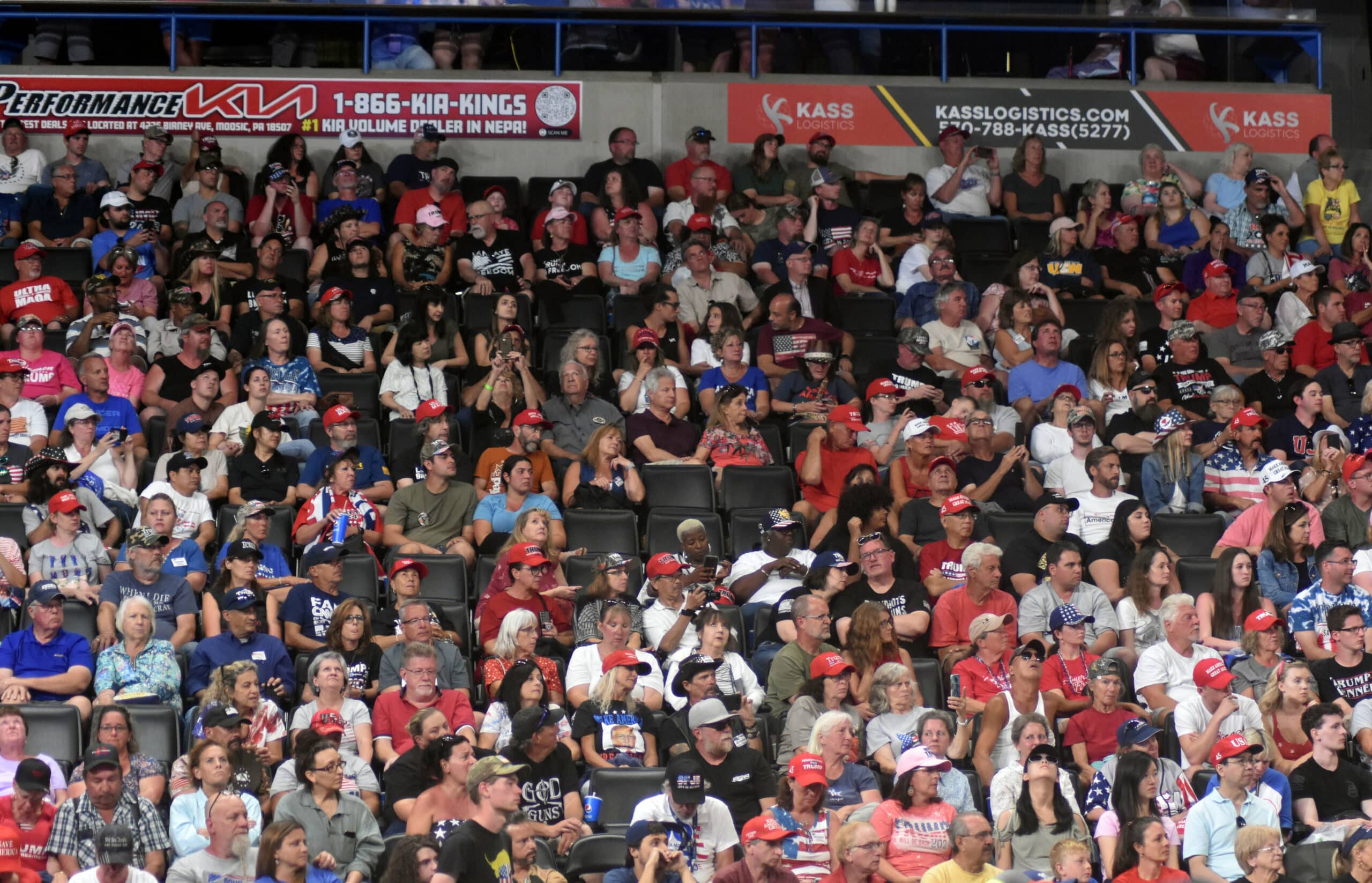
The Roles of the President in the Executive Branch
The president carries out their responsibilities either from the White House, or out on official business, or during conferences or state visits abroad. They have many powers as part of their duties as head of state, leader of the party, and Commander in Chief. But, those roles are limited to avoid abuse of presidential power.
The President’s Cabinet in the Wider Administration
Because the president has such a full schedule, it would be impossible for them to handle all business matters alone. They have a series of senior advisors to discuss matters in meetings and carry out resulting tasks by dealing with other officials and visiting delegations. There is also a large Cabinet of ministers within the Executive Branch that can work on measures associated with their department.

There are 15 of these executive branch agencies, with their own staff, that work to implement the measures brought forward by the administration. These executive departments are:
- Departments of State
- Treasury
- Defense
- Attorney General
- Interior
- Agriculture
- Commerce
- Labor
- Health and Human Services
- Housing and Urban Development
- Transportation
- Energy
- Education
- Veterans Affairs
- Homeland Security
The Three-Branch System of Federal Government
The Executive Branch is one of the three branches of the United States Government. The other two are the Legislative Branch and Judicial Branch. The Legislative Branch refers to Congress, which is responsible for drafting and passing federal law and determining federal agency spending and taxation.
The Judicial Branch is the Supreme Court which presides over major cases and upholds the United States Constitution.

The United States government must have all three branches in place to allow for vital checks and balances between the three. No one federal government body or federal agency can become too powerful and exceed its remit because the rest are there to maintain order.
In the case of the Executive Branch, it would be far too easy for the president to abuse their presidential power while in office and try and get away with something that shouldn’t be one person’s decision.
The Executive Branch and Declarations of War
The president may decide that they want to declare war on another nation for whatever reason they deem fit. If there was a legitimate threat following an attack, this might be deemed reasonable. But, if they simply hold animosity towards or distrust a nation or have a hidden agenda for seizing control of a country, this would be unjust.

This is where the Legislative Branch can step in and determine the right course of action. Congress has to make that final declaration of war for it to be official. This does lead to the risk of the president saying something or provoking a country before an official declaration. But, after the congress declaration is made, they get to take greater control in their role as Commander in Chief.
The Executive Branch Is Bound by the Constitution
This is also essential for keeping the president in line with the Judicial Branch. The president may pass laws proposed by Congress that are unconstitutional. It is down to the Supreme Court to handle these rulings and protect the people of the United States from potentially harmful laws. The same is true for any Executive Orders the President makes that may be self-serving and damaging.
The Limitations of Executive Branch Power
The Executive Branch of the federal government does not have absolute power, even though they have the authority to issue an Executive Order, as much as some presidents may wish that to be the case. There is a limit to what they can and cannot do.
Still, the powers of the president in the executive office and the tools at their disposal are vast regarding both the roles taken on and the many departments and advisors. They can do a lot as the leader of the party and the nation, head of state on the foreign stage, and commander in chief.
The agendas and actions of the Executive Branch will shape a lot of what happens politically, financially, and socially over a four or eight-year spell in the White House. However, the final laws and directions taken owe a lot to the powers and controls held by Congress and the Supreme Court.
Quiz About The Executive Branch:
Questions:
1. What is the Executive Branch of the United States Government?
a. The head of state and party
b. The Supreme Court
c. Congress
2. What is the role of the President in the Executive Branch?
a. To lead the country and work with advisors and cabinet to run the country
b. To draft and pass federal law
c. To preside over major cases and uphold the constitution
3. Who is the leader of the Executive Branch?
a. The President of the United States
b. The Vice President of the United States
c. The Speaker of the House
4. What is the role of Congress in the government?
a. The Legislative Branch responsible for drafting and passing federal law
b. The Executive Branch responsible for running the country
c. The Judicial Branch responsible for handling rulings and protecting the people
5. Who has the authority to make declarations of war?
a. The President
b. Congress
c. The Supreme Court
6. What is the purpose of the three-branch system in the United States Government?
a. To allow checks and balances between the three branches
b. To give the Executive Branch absolute power
c. To have only one federal government body in place
7. What are the limitations of the Executive Branch power?
a. They do not have absolute power and there is a limit to what they can do
b. They have absolute power and can do anything they wish
c. They have limited power but can do anything they wish
Answers:
- a
- a
- a
- a
- b
- a
- a
What Is the Executive Branch? Quiz
Frequently Asked Questions
What is the Executive Branch of the United States Government?
Who is in charge of the Executive Branch?
What are the roles of the President in the Executive Branch?
How does the three-branch system limit the power of the Executive Branch?
Who has the authority to declare war in the United States?
How useful was this post?
Click on a star to rate it!
Average rating / 5. Vote count:
No votes so far! Be the first to rate this post.
We are sorry that this post was not useful for you!
Let us improve this post!
Tell us how we can improve this post?
